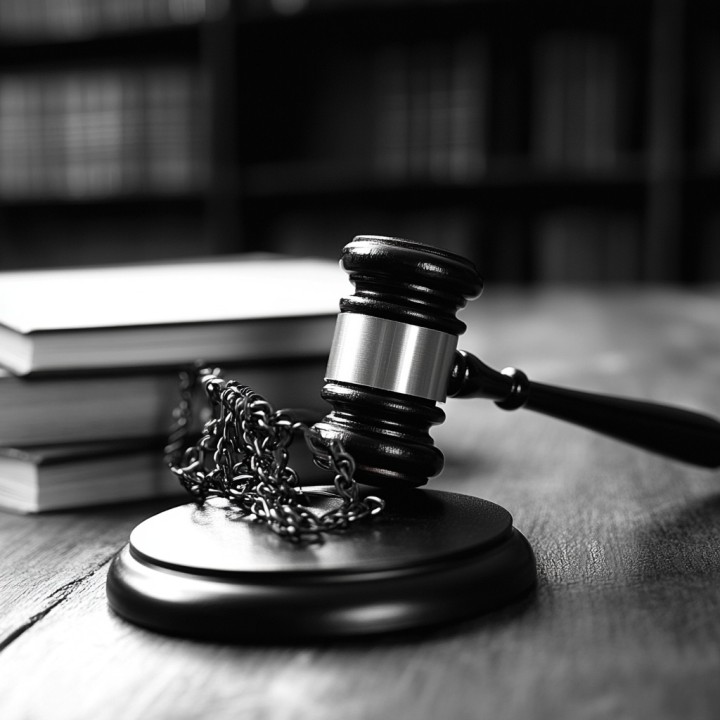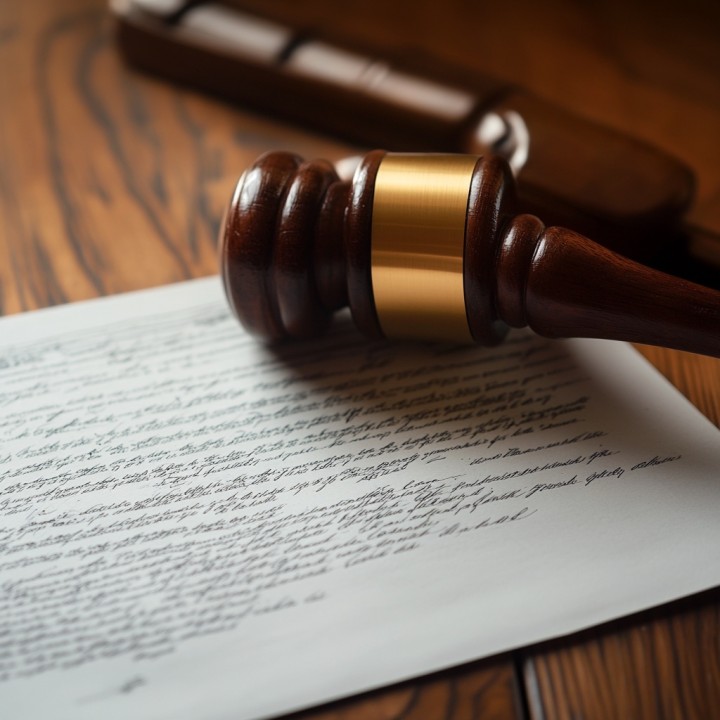Introduction
In Texas, toll roads are an integral part of the transportation network, facilitating smoother and faster commutes. However, neglecting to pay tolls can lead to significant repercussions. This article explores whether unpaid tolls can affect your license in Texas, detailing the legal consequences and offering practical advice on managing toll payments effectively.
Understanding Toll Roads in Texas
Introduction to Texas Toll Roads
Texas boasts an extensive network of toll roads, designed to ease traffic congestion and fund roadway maintenance. These toll roads are managed by various agencies, including the Texas Department of Transportation (TxDOT) and regional mobility authorities.
Importance of Toll Payments
Paying tolls is crucial for maintaining the infrastructure and ensuring seamless travel. Toll payments fund road improvements, repairs, and expansions, making it essential for drivers to comply with toll regulations.
Electronic Toll Collection Systems
Texas utilizes electronic toll collection systems like TxTag, TollTag, and EZ TAG. These systems offer convenient ways to pay tolls electronically, reducing the need for cash transactions and streamlining the toll payment process.
Consequences of Unpaid Tolls
Initial Penalties for Unpaid Tolls
When a toll goes unpaid, the initial consequence is typically a fine or a fee. The tolling agency sends a notice to the vehicle owner, detailing the unpaid toll and the additional penalty for late payment.
Escalation of Penalties Over Time
Ignoring the initial notice can lead to escalating penalties. The tolling agency may impose higher fines, administrative fees, and interest charges, significantly increasing the amount owed.
Administrative Fees and Additional Costs
In addition to the toll and penalties, administrative fees cover the costs associated with processing the violation. These fees can add up, creating a substantial financial burden for the vehicle owner.
Impact on Driving Privileges
How Unpaid Tolls Can Affect Your License
Unpaid tolls can have a direct impact on your driving privileges. Tolling authorities have the right to report unpaid tolls to the Texas Department of Motor Vehicles (DMV), which can lead to severe consequences.
License Suspension Due to Unpaid Tolls
One of the most severe penalties for unpaid tolls is the suspension of your driver’s license. If the tolls remain unpaid, the tolling agency may request the DMV to place a hold on the renewal of your driver’s license.
Legal Proceedings and Civil Penalties
Unpaid tolls can also result in legal action. Tolling authorities may pursue civil penalties, leading to court proceedings and additional legal fees. This can further complicate the situation and result in higher costs for the vehicle owner.
Managing Toll Payments
Setting Up Electronic Toll Accounts
To avoid issues with unpaid tolls, setting up an electronic toll account is essential. TxTag, TollTag, and EZ TAG accounts allow for automatic payment of tolls, ensuring you never miss a payment.
Options for Paying Tolls
Various payment options are available, including online payments, phone payments, and payments by mail. Many tolling authorities also offer payment kiosks and authorized retail locations for added convenience.
Disputing Toll Violations
If you believe a toll violation was issued in error, you have the right to dispute it. Contact the tolling authority promptly, providing any necessary documentation to support your claim. Resolving disputes early can prevent further penalties.
Preventing Unpaid Toll Issues
Regular Account Monitoring
Regularly monitoring your toll account is crucial to ensure all tolls are paid on time. Check your account balance and transaction history frequently to catch any discrepancies early.
Utilizing Toll Alerts and Notifications
Many tolling authorities offer alert services that notify you of low balances or unpaid tolls. Enabling these notifications can help you stay on top of your toll payments and avoid penalties.
Avoiding Common Mistakes
Common mistakes, such as failing to update vehicle information or neglecting to maintain sufficient account balance, can lead to unpaid tolls. Be proactive in managing your toll account to avoid these issues.
Frequently Asked Questions (FAQs)
Can unpaid tolls lead to license suspension in Texas?
Yes, unpaid tolls can lead to the suspension of your driver’s license in Texas. Tolling authorities can request the DMV to place a hold on your license renewal if tolls remain unpaid.
What are the penalties for not paying tolls?
Penalties for not paying tolls include fines, administrative fees, interest charges, and potential legal action. The amount can escalate quickly if the tolls remain unpaid.
How can I dispute a toll violation?
To dispute a toll violation, contact the tolling authority promptly, provide necessary documentation, and follow their dispute resolution process. Early resolution can prevent further penalties.
Can unpaid tolls affect my vehicle registration?
Yes, unpaid tolls can affect your vehicle registration. The tolling authority can request the DMV to place a hold on your vehicle registration renewal.
Are there payment plans available for unpaid tolls?
Many tolling authorities offer payment plans for unpaid tolls. Contact the relevant tolling agency to inquire about available options and set up a payment plan if needed.
How do electronic toll systems work in Texas?
Electronic toll systems in Texas, such as TxTag, TollTag, and EZ TAG, use transponders that automatically deduct toll fees from your account as you pass through toll points. These systems offer a convenient and efficient way to manage toll payments.
Conclusion
Unpaid tolls in Texas can have serious consequences, including fines, legal action, and impacts on your driving privileges. By understanding the importance of timely toll payments, setting up electronic toll accounts, and staying proactive in managing your toll transactions, you can avoid these penalties. Regular monitoring, utilizing alerts, and knowing your rights in disputing violations are essential steps in maintaining good standing with toll authorities.









